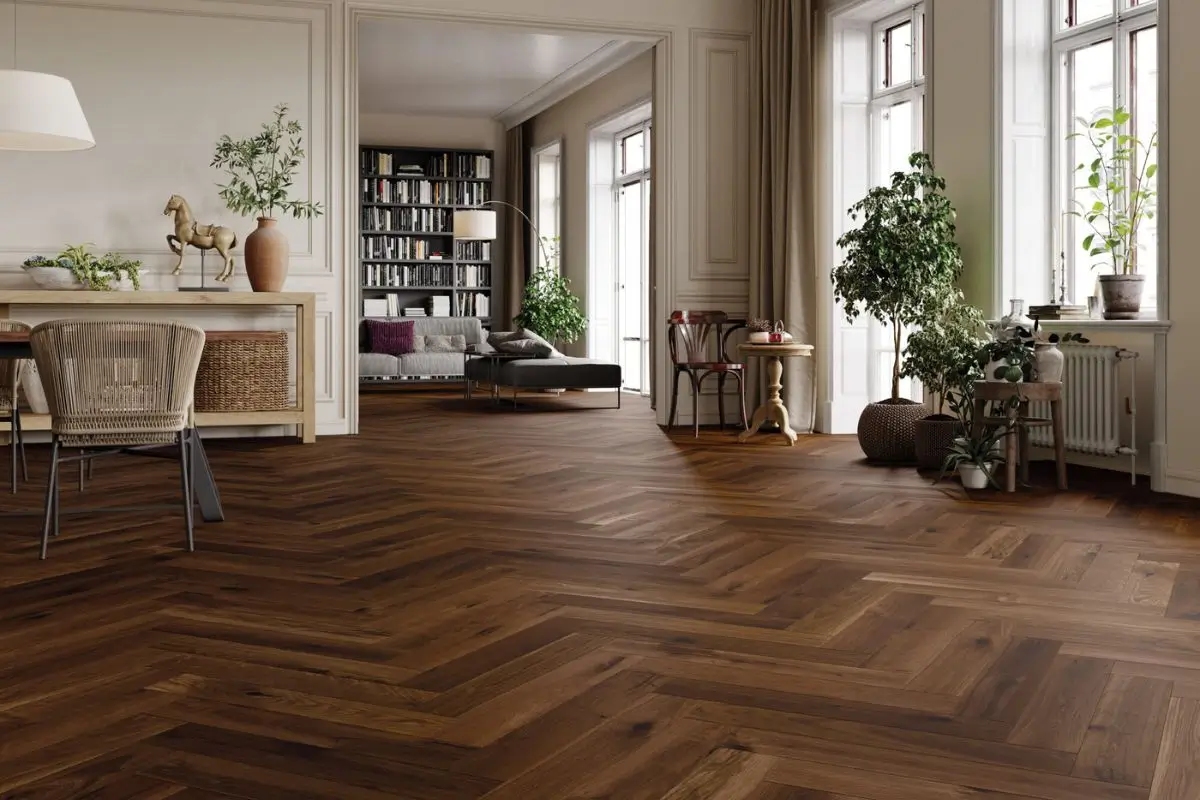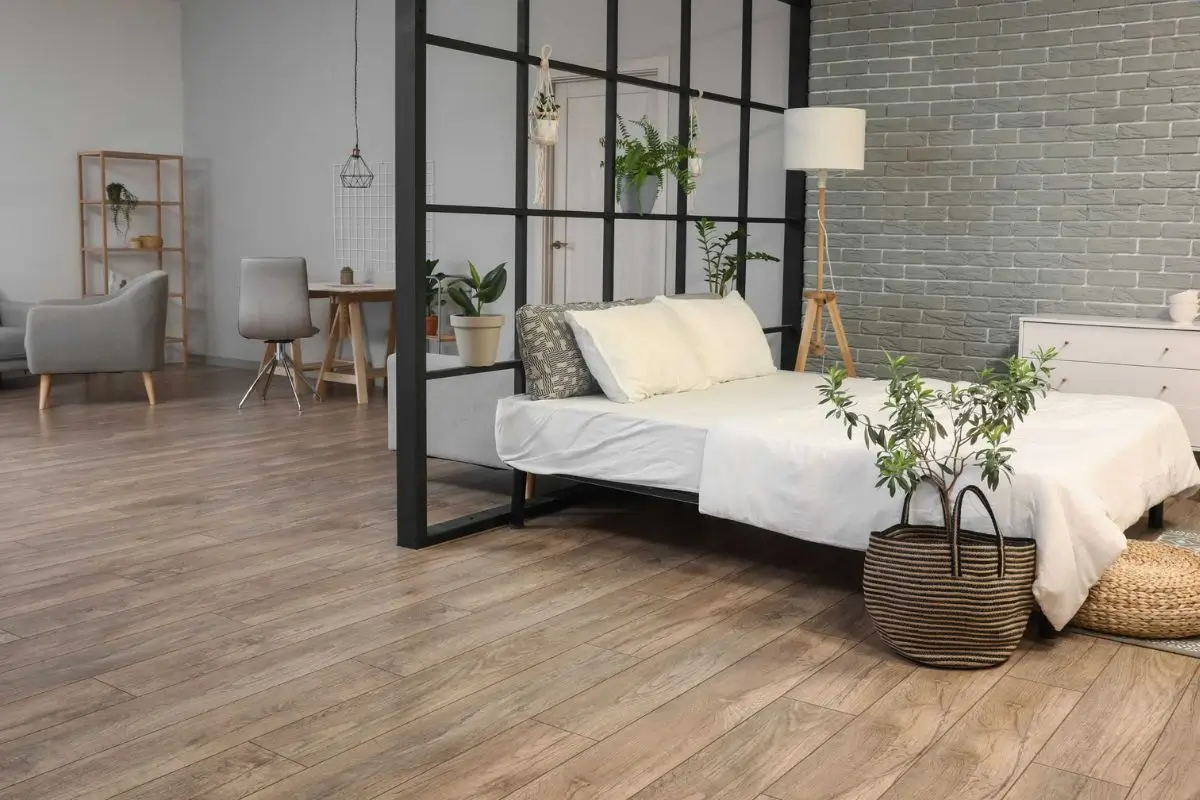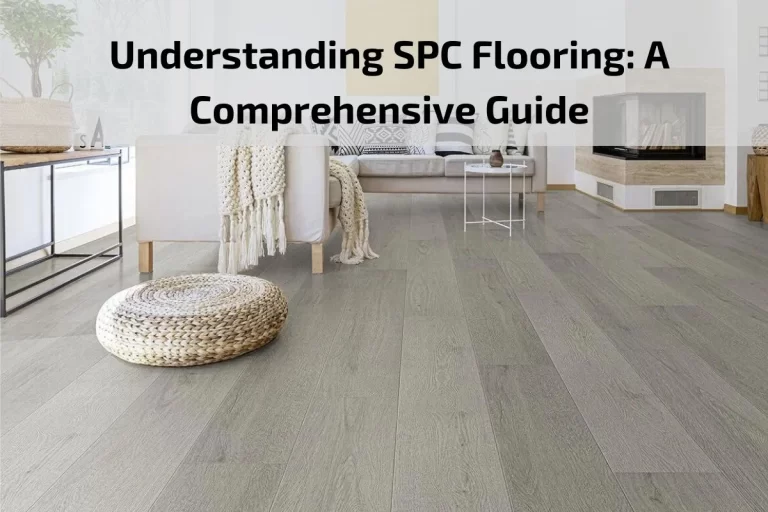Selecting the right flooring is crucial for enhancing the aesthetics, comfort, and functionality of your space. With various options available, it’s essential to evaluate your needs and preferences carefully. This guide outlines the key factors to consider when choosing the best flooring for your home or office, helping you make an informed decision that complements your lifestyle and design goals.
Explore Diverse Flooring Options
Flooring options vary widely, including hardwood, laminate, vinyl, tile, and carpet. Hardwood offers timeless beauty and durability but requires regular maintenance. Laminate mimics hardwood at a lower cost, providing scratch resistance but less longevity. Vinyl is versatile and waterproof, ideal for high-moisture areas. Tile is durable and stylish, perfect for kitchens and bathrooms, while carpet adds warmth and comfort, making it suitable for bedrooms. Evaluate each material’s pros and cons to choose what aligns best with your lifestyle.
Tailor Choices to Each Room
Different rooms have unique flooring needs. Living areas benefit from aesthetics and durability, balancing style and functionality. Kitchens and bathrooms require moisture-resistant options like tile or vinyl for easy cleaning. Bedrooms prioritize comfort and warmth, often favoring carpet or hardwood. High-traffic areas necessitate durable flooring that resists scratches and stains, such as laminate or luxury vinyl. Assess each room’s purpose and usage patterns to ensure your flooring choice meets its specific demands.
Consider Your Lifestyle Needs
Your lifestyle significantly impacts flooring choices. If you have pets, opt for scratch-resistant materials like laminate or luxury vinyl that are easy to clean. For families with children, consider soft, durable options that can withstand spills and playtime. Allergies are also a concern; selecting hard surface floors reduces allergens and is easier to maintain. Understanding your lifestyle and its impact on flooring choices ensures you select materials that enhance comfort and practicality.
Budget Smartly for Your Flooring
Budget plays a crucial role in flooring selection. Each material comes with different price ranges; hardwood tends to be more expensive, while laminate and vinyl are budget-friendly options. Installation costs also vary, with DIY approaches reducing expenses but requiring time and skill. Consider long-term investment value; higher-quality materials may have a better lifespan and return on investment. Balancing initial costs with durability and maintenance will help you make the best financial decision.
Match Aesthetics to Your Vision
Aesthetic appeal is essential in flooring selection. Choose colors and styles that complement your existing décor and reflect your personal taste. Consider how different textures and finishes contribute to the overall ambiance of the room. For instance, lighter colors can create a sense of space, while darker shades add warmth and coziness. The right flooring can tie together your design elements and elevate the room’s overall look, so ensure it aligns with your vision.
Prioritize Environmental Sustainability
The environmental impact of flooring materials is increasingly important. Opt for sustainable options like bamboo or reclaimed wood, which minimize ecological footprints. Many manufacturers also focus on responsible sourcing and environmentally friendly production practices. Choosing eco-friendly flooring not only benefits the planet but also promotes healthier indoor air quality. Evaluate the lifecycle of the materials and consider brands committed to sustainability for a responsible choice.
Understand Maintenance Requirements
Maintenance needs vary by flooring type and affect long-term satisfaction. Hardwood requires regular polishing and refinishing, while laminate and vinyl often only need occasional sweeping and mopping. Tile is durable but may require grout maintenance. Carpet needs regular vacuuming and occasional deep cleaning. Assess your willingness to maintain the flooring; choosing low-maintenance options can save time and effort while ensuring your space remains inviting and clean.
Ensure Proper Installation
Proper installation is crucial for the longevity of your flooring. Preparing the subfloor is essential to prevent uneven surfaces and damage over time. Some materials, like laminate, allow for easy DIY installation, while others may require professional help. Acclimating the materials to the environment before installation prevents warping and ensures stability. Carefully consider installation requirements and choose a method that suits your skill level and budget for optimal results.
Maximize Resale Value
The choice of flooring can significantly influence your home’s resale value. High-quality materials like hardwood can attract potential buyers and enhance marketability. Conversely, overly personalized or low-quality flooring might deter buyers. When considering flooring options, think about what will appeal to a broad audience, as well as your own preferences. Investing in durable, timeless flooring choices can yield a higher return on investment when selling your home.
Conclusion
Choosing the best flooring for your space requires careful consideration of various factors, from material types to lifestyle needs and aesthetic preferences. By evaluating each aspect outlined in this guide, you can make a well-informed decision that enhances the comfort and beauty of your home or office. Take the time to assess your unique situation, and select flooring that not only meets your immediate needs but also adds long-term value to your space.







